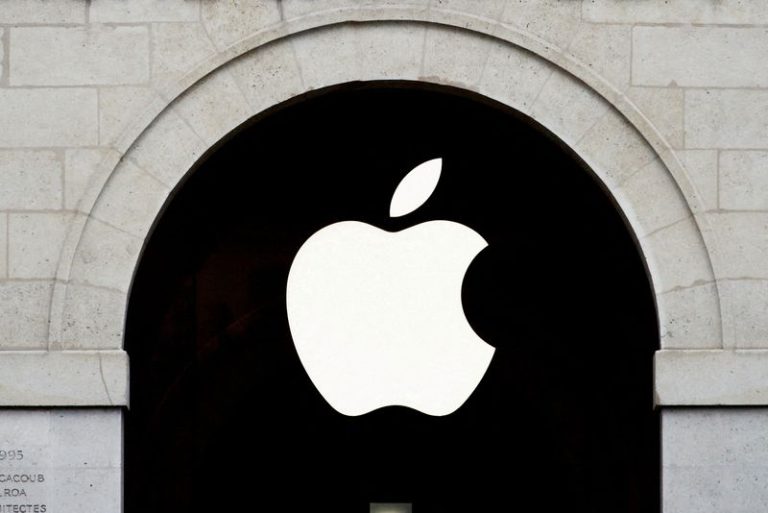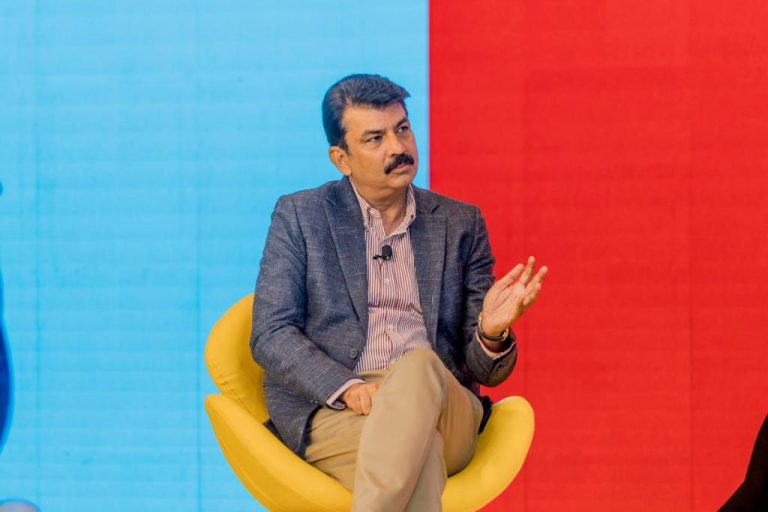The Direct Benefit Transfer system, which was launched in 2013, has become one of the most ambitious reforms in the country’s public welfare landscape. By shifting from in-kind and intermediary-based subsidy delivery to a digital-first, Aadhaar-authenticated model, DBT has significantly improved the accuracy, reach, and accountability of welfare disbursements.
As per a quantitative analysis done by Shakil Bhat, Senior Fellow, Viksit Bharat, the DBT system has had a profound and measurable impact on both subsidy rationalisation and social outcomes, reshaping the architecture of welfare delivery since its rollout in 2013.
Bhat, in his analysis, found that before DBT, welfare schemes often suffered from misidentification of beneficiaries, ghost entries, and corruption by intermediaries. DBT directly credits the entitlements—be it subsidies, pensions, or scholarships — into beneficiaries’ bank accounts, minimizing human interface and thereby reducing corruption. Between 2009 and 2024, this mechanism is estimated to have saved ₹3.48 lakh crore by curbing such leakages.
The Aadhaar-based authentication system plays a critical role in this process, ensuring that only genuine beneficiaries receive funds. Real-time monitoring, linked bank accounts, and digitized scheme tracking have introduced accountability across the subsidy pipeline.
Here’s a detailed assessment of its significance:
Impact on subsidy rationalisation
Leakage reduction and Fiscal savings
DBT has enabled direct transfer of benefits to Aadhaar-verified beneficiaries, eliminating middlemen and ghost entries. This resulted in cumulative savings of Rs 3.48 lakh crore, with food subsidies alone contributing Rs 1.85 lakh crore (53% of total savings) through Aadhaar-linked Public Distribution System (PDS) reforms.
One of the most striking outcomes of DBT is its impact on government expenditure. In 2009, subsidies accounted for nearly 16% of total government spending. By 2024, this figure had dropped to 9%. This reduction is not due to cuts in welfare spending but due to better targeting and the elimination of redundant or fraudulent claims.
Schemes like LPG subsidy (PAHAL), MGNREGA wage payments, and PM-KISAN have been brought under DBT, allowing the government to reallocate funds more effectively and reduce fiscal burdens without compromising on welfare objectives.
Budgetary Efficiency
Despite a nearly fourfold rise in welfare budgets (from Rs 2.1 lakh crore in 2009–10 to Rs 8.5 lakh crore in 2023–24), the share of subsidies in total expenditure halved—from 16% pre-DBT to 9% post-DBT, marking a significant fiscal consolidation without shrinking social commitments.
Targeted Disbursements
Programs like PM-KISAN saw Rs 22,106 crore in savings by eliminating 2.1 crore ineligible beneficiaries. Similarly, MGNREGS achieved 98% timely wage transfers, indicating better fund flow and administrative efficiency.
Welfare Efficiency Index (WEI)
A proprietary composite metric developed in the report—which combines savings, subsidy reductions, and beneficiary growth—rose from 0.32 in 2013 to 0.91 in 2023, providing empirical validation for DBT’s effectiveness in rationalising subsidies while expanding impact.
Impact on Social Outcomes
Coverage Expansion
Beneficiary outreach grew 16-fold, from 11 crore in 2013 to 176 crore in 2024, without a proportional rise in spending. This reflects DBT’s role in widening access while maintaining fiscal discipline.
Equity and Inclusion
By directly reaching targeted individuals, DBT minimized corruption and arbitrary exclusion, promoting greater social equity. Wage transfers, scholarships, pensions, and other entitlements are now delivered in a more dignified and transparent manner.
Behavioral and Structural Shifts
DBT encouraged bank account penetration (via Jan Dhan) and digital engagement, reshaping the way citizens interact with the state. This has had positive spillovers in financial inclusion, digital literacy, and civic participation.







